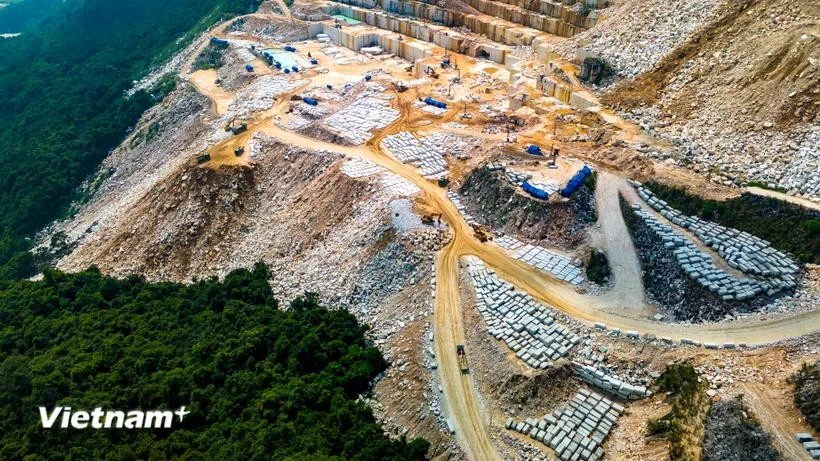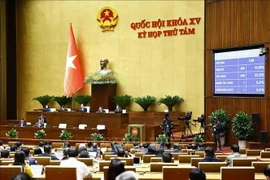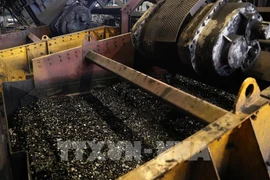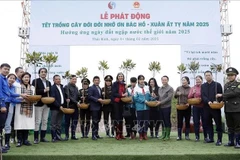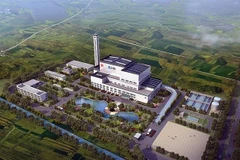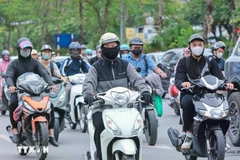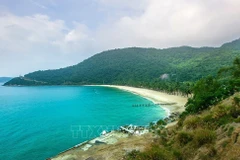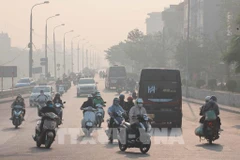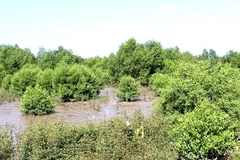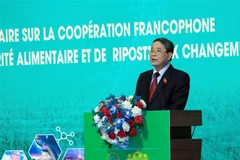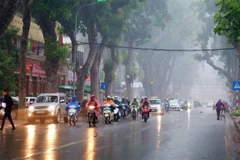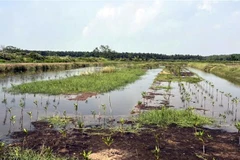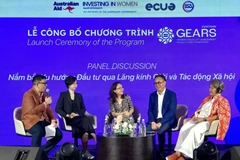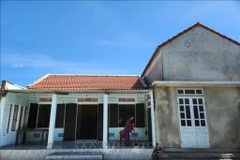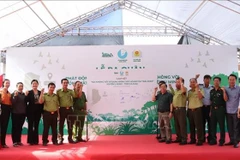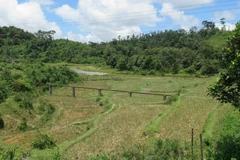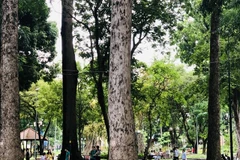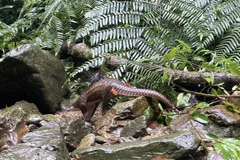Hanoi (VNA) – The Mineral and Geology Law, passed by the 15th National Assembly at its 8th session, will take effect on July 1, 2025. This law is expected to provide a legal framework, enhance the efficiency of State management over mineral resources, and promote geological surveys of minerals and the mining industry.
Dr. Nguyen Truong Giang, Director of the Department of Mineral Resources of Vietnam (DMRV) under the Ministry of Natural Resources and Environment (MoNRE), emphasised that to translate the law into reality, lawmakers and State management agencies must make concerted efforts and thoroughly prepare a high-quality legal document system.
Giang said the passage of the Mineral and Geology Law marks a significant step forward in the sustainable management and utilisation of mineral resources.
After its approval, the MoNRE will develop a detailed implementation plan, focusing on the building of a system of by-law documents, including decrees and circulars guiding the law implementation, to ensure consistency, feasibility, and alignment with practical realities.
It is also coordinating with other ministries, agencies, and local authorities to ensure the effective implementation of the law. A key focus is to raise awareness about its new provisions among agencies, organisations, businesses, and people.
Additionally, the ministry aims to promote administrative reforms, enhance monitoring of mineral extraction activities, and leverage digital technology to improve resource management.
According to Giang, the DMRV and the Department of Geology of Vietnam (DGV) are drafting decrees and circulars needed to implement the law.
The departments have finalised a draft decree that outlines key provisions of the law and are preparing another decree on administrative penalties in the minerals sector. These drafts are being reviewed and refined with feedback from the compiling board, its members, and related organisations.
The DMRV and DGV are also preparing guiding circulars to ensure the entire system of legal documents is ready for implementation when the law takes effect on July 1, 2025.
Specific guidance documents will cover licensing, mineral resource management, environmental protection responsibilities, and penalties for violations.
The drafting process will be carried out in a transparent manner, with consultation from experts, businesses and social organisations to ensure feasibility and effectiveness when applied in practice.
To address challenges in supplying materials for national transport projects, the DMRV is expediting a draft decree and circular for Group IV minerals. These are expected to be submitted to MONRE and then to the government for promulgation.
Ensuring effective implementation of law in practice
Giang noted that the biggest challenge is ensuring the regulations are stringent and transparent while remaining practical and easy to implement at the local level.
To address this, the MoNRE focused on creating provisions that promote a shared understanding among agencies about mineral resource activities aligned with national planning.
Another challenge lies in balancing resource exploitation with environmental protection while safeguarding the interests of the State, businesses, and citizens. To overcome this, the ministry organised workshops and seminars to collect feedback from various stakeholders and refine the drafts accordingly.
Giang said disseminating the Mineral and Geology Law is vital to its successful implementation. The DMRV developed detailed plans to achieve this.
First, the department will partner with other units to conduct intensive training for central and local management agencies and businesses in the minerals sector. These sessions will focus on the law's key points, new regulations, and procedures.
The DMRV will also enhance the capacity of local management officials through specialised training, ensuring they understand it to enable them to apply the law effectively. It will also collaborate with local administrations in organising dialogues, gathering feedback from businesses and citizens, and addressing concerns related to the law's enforcement.
Instructional materials and legal handbooks will be developed to ensure accessibility for all stakeholders. These resources will also be made available on digital platforms for broader outreach.
The DMRV is planning to step up communications through mass media, including newspapers, television, online portals, and social media platforms, targeting communities in mining areas.
Lastly, the department aims to leverage digital technology by building databases and an online portal to ensure transparency and accessibility of the law and its guiding documents.
With synchronised implementation and close collaboration among all stakeholders, Giang believed that the Mineral and Geology Law will be effectively applied, contributing to the sustainable management, exploitation, and use of mineral resources in the near future./.
